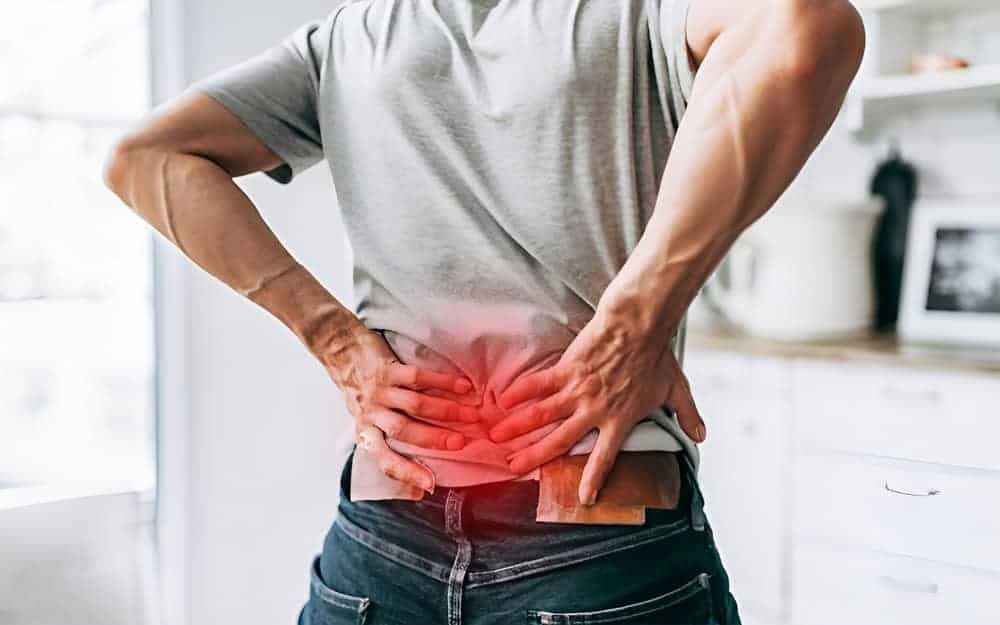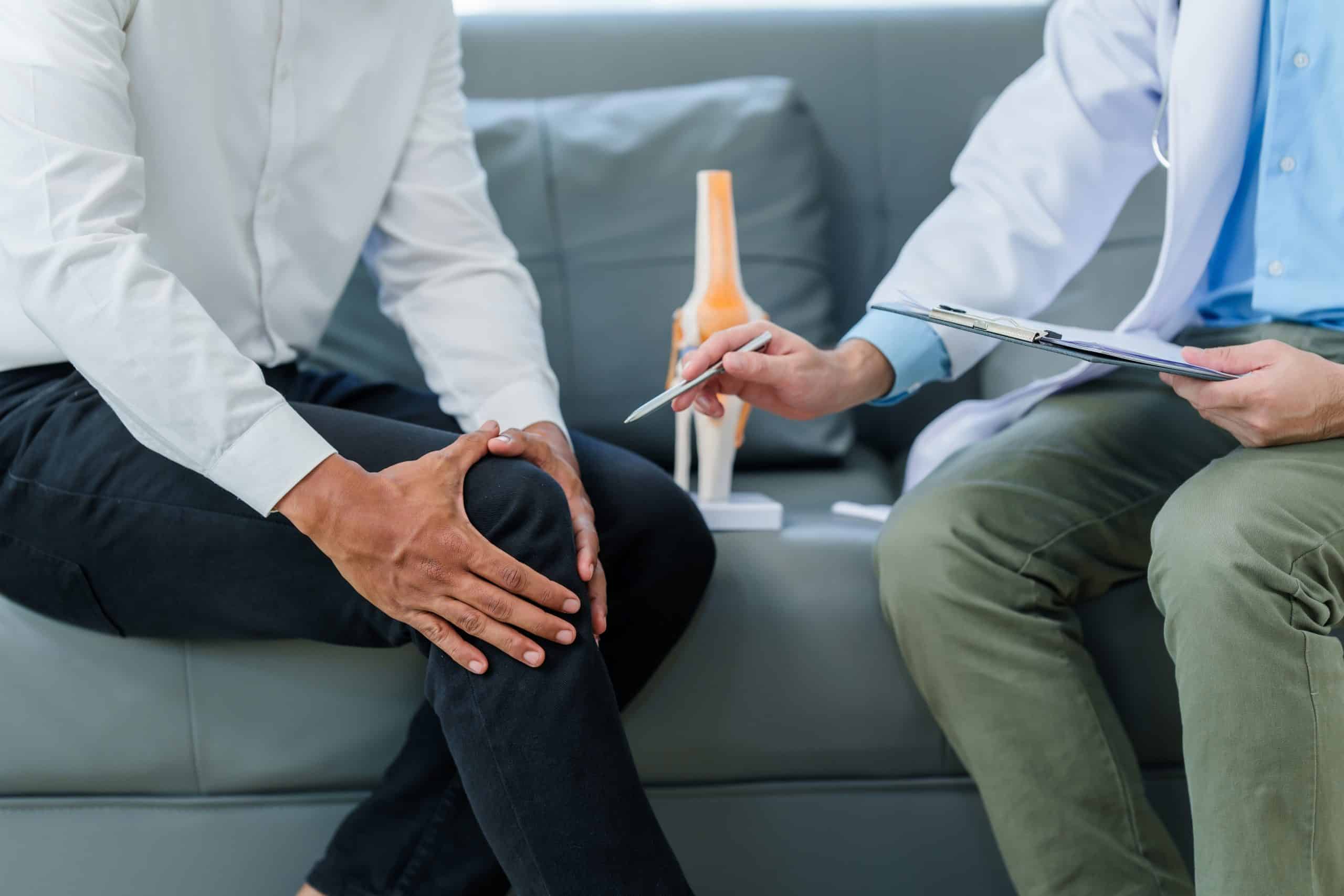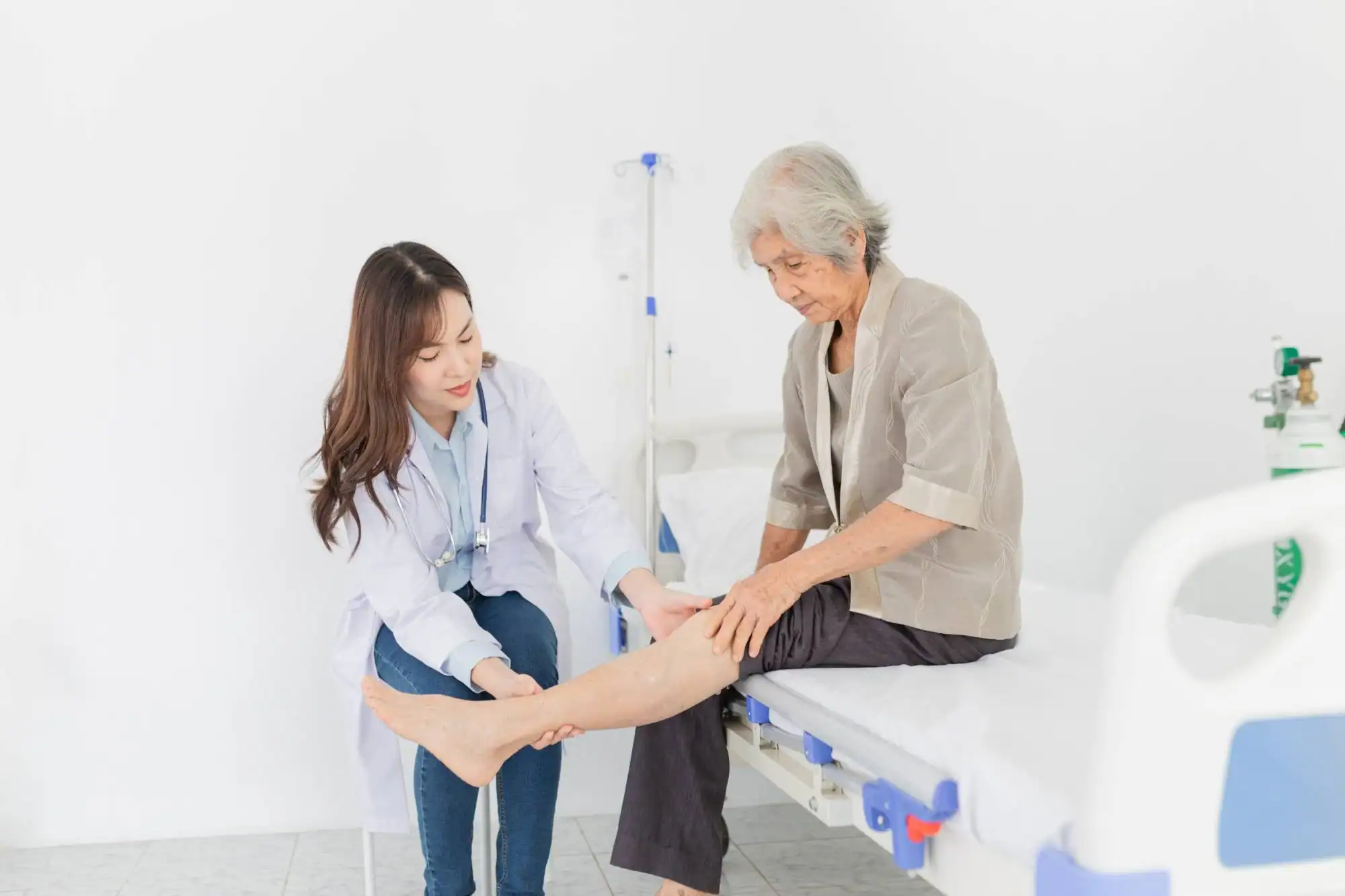Summary:
How Your Daily Posture and Movement Patterns Create or Prevent Pain
Your body adapts to whatever you do most often. Spend eight hours hunched over a laptop, and your spine will reshape itself accordingly. Take regular movement breaks, and your muscles stay flexible and strong.
The challenge for Brooklyn residents isn’t just desk work—it’s the combination of long commutes, cramped living spaces, and the constant forward-head posture from navigating crowded streets while checking phones. This creates a perfect storm for chronic pain development.
Understanding this connection empowers you to make small adjustments that prevent big problems later. Your posture today determines your pain levels tomorrow.

Ergonomic Solutions That Actually Work in Small Brooklyn Spaces
Most ergonomic advice assumes you have a spacious home office. In Brooklyn’s compact apartments, you need creative solutions that maximize your limited space while protecting your spine.
Start with your monitor height—the top of your screen should align with your eye level when you’re sitting straight. In tight quarters, this might mean stacking books under your laptop or investing in a monitor arm that clamps to your desk edge. Your neck will thank you after just one day of proper alignment.
Chair selection matters more than you think. Your feet should rest flat on the floor with your thighs parallel to the ground. If your kitchen chair doesn’t cut it, a simple lumbar support pillow can transform any seat into a spine-friendly workspace. The key is maintaining the natural curve in your lower back.
Keyboard and mouse positioning prevents the shoulder and wrist pain that plagues so many remote workers. Your elbows should bend at roughly 90 degrees, with your wrists in a neutral position—not bent up, down, or sideways. This might require a keyboard tray or simply adjusting your chair height.
Don’t forget about lighting. Poor lighting forces you to lean forward and strain your neck. Position your screen perpendicular to windows to minimize glare, and ensure adequate task lighting for any paperwork. Your posture naturally improves when you can see clearly without straining.
The investment in proper ergonomics pays dividends immediately. Most people notice reduced tension and improved energy levels within days of making these adjustments.
Movement Strategies for Long Commutes and Sedentary Work
Brooklyn’s commuting reality—whether you’re cramming into subway cars or sitting in traffic—creates unique challenges for maintaining healthy movement patterns. The key isn’t finding more time; it’s using the time you already have more effectively.
During your commute, focus on subtle movements that counteract prolonged sitting or standing. On the subway, engage your core muscles and practice pulling your shoulder blades back. If you’re driving, adjust your seat to maintain a slight bend in your knees and use red lights as reminders to roll your shoulders and stretch your neck gently.
The real game-changer is implementing micro-breaks throughout your workday. Set a timer for every 30 minutes and spend just two minutes moving. This could be walking to get water, doing desk stretches, or simply standing and shifting your weight. These brief interruptions prevent your muscles from locking into painful positions.
Desk exercises don’t require special equipment or much space. Neck rotations, shoulder shrugs, and seated spinal twists can be done discreetly during meetings. Calf raises under your desk improve circulation and prevent the stiffness that contributes to lower back pain.
Consider the 20-20-20 rule for eye strain, which often leads to neck pain. Every 20 minutes, look at something 20 feet away for 20 seconds. This simple habit reduces the forward head posture that develops from staring at screens all day.
Walking meetings, when possible, serve double duty—you’re productive while moving. Even a phone call becomes an opportunity for gentle movement around your apartment or neighborhood.
Want live answers?
Connect with a NY Spine Medicine expert for fast, friendly support.
Brooklyn's Outdoor Resources for Therapeutic Movement and Pain Relief
Brooklyn offers incredible opportunities for therapeutic movement that many residents overlook. The borough’s parks, waterfront paths, and green spaces provide natural pain relief through low-impact activities that strengthen your body while reducing stress.
Movement in natural settings offers benefits beyond what indoor exercise can provide. Fresh air, varied terrain, and the mental health boost from nature all contribute to pain reduction and prevention.
Your neighborhood likely has hidden gems perfect for therapeutic walking, stretching, or gentle exercise that supports long-term pain management.

Prospect Park and Brooklyn's Best Walking Routes for Pain Prevention
Prospect Park’s 3.35-mile loop provides the perfect low-impact workout for pain prevention. The varied terrain naturally challenges different muscle groups while remaining gentle on joints. Unlike treadmill walking, the park’s rolling hills and curves engage your stabilizing muscles, building the strength that prevents future injuries.
The park’s design by Frederick Law Olmsted includes therapeutic elements that many visitors miss. The Ravine area features softer dirt paths that reduce impact stress on your knees and back. These trails wind through landscapes inspired by the Adirondack Mountains, offering a mental escape that reduces the stress hormones contributing to chronic pain.
Brooklyn Bridge Park offers waterfront walking with stunning views that make exercise feel effortless. The paved paths accommodate all fitness levels, while the various piers provide stopping points for stretching or simple bodyweight exercises. The psychological benefits of water views have been shown to reduce cortisol levels and promote relaxation.
For those dealing with joint pain, the Brooklyn Botanic Garden provides peaceful walking paths with benches strategically placed for rest breaks. The garden’s varied elevations offer gentle challenges without overwhelming sensitive areas. Spring through fall, the changing scenery keeps walks interesting and mentally engaging.
Marine Park, Brooklyn’s largest park, features salt marsh trails that provide unique therapeutic benefits. The softer ground reduces impact stress, while the natural setting promotes the mindfulness that helps manage chronic pain. The park’s 800 acres ensure you can find quiet areas even during busy times.
Consider these walks as medicine, not just exercise. Regular walking in Brooklyn’s parks improves circulation, maintains joint mobility, and releases endorphins—your body’s natural painkillers. The key is consistency rather than intensity.
Utilizing Brooklyn's Physical Therapy and Wellness Resources
Brooklyn’s healthcare landscape includes numerous physical therapy clinics and wellness centers that specialize in pain prevention rather than just treatment. Understanding what’s available helps you make informed decisions about your pain management approach.
Park Sports Physical Therapy, with locations throughout Brooklyn, offers specialized programs that go beyond traditional treatment. Their running analysis services help identify movement patterns that could lead to future pain, while their preventive care programs teach you exercises specific to your lifestyle and risk factors.
Evolve Physical Therapy in Park Slope takes a holistic approach, combining manual therapy with workplace modifications. Their therapists understand the unique challenges Brooklyn residents face—from cramped living spaces to long commutes—and develop strategies that work within these constraints.
Many Brooklyn physical therapy practices now offer ergonomic assessments for remote workers. These services evaluate your home workspace and provide specific recommendations for preventing the neck, shoulder, and back pain that plague desk workers. The investment often pays for itself through improved productivity and reduced sick days.
Community resources extend beyond formal healthcare settings. Brooklyn’s libraries often host workshops on stress management and gentle movement classes. The Brooklyn Botanic Garden offers walking meditation sessions that combine therapeutic movement with stress reduction techniques.
Local gyms and fitness centers increasingly offer specialized classes for pain prevention. Low-impact options like water aerobics at the Brooklyn Recreation Centers provide joint-friendly exercise that builds strength without aggravating existing pain conditions.
Don’t overlook Brooklyn’s massage therapy and acupuncture practitioners who focus on preventive care. Regular maintenance sessions can identify and address tension patterns before they develop into chronic pain conditions. Many practitioners work with physical therapists to provide comprehensive care approaches.
Building Your Personalized Pain Prevention Plan in Brooklyn
Creating lasting change requires a personalized approach that fits your specific lifestyle, work demands, and living situation. The most effective pain prevention plan is one you’ll actually follow consistently.
Start with one or two changes rather than overhauling your entire routine overnight. Maybe it’s setting up proper ergonomics at your workspace this week, then adding regular walks through Prospect Park next week. Small, sustainable changes build into powerful habits over time.
Remember that pain prevention is an investment in your future self. The time and effort you put in now pays dividends in maintained mobility, reduced healthcare costs, and improved quality of life for decades to come. When you’re ready to take the next step in your pain prevention journey, we at NY Spine Medicine are here to provide expert guidance tailored to your unique needs.





